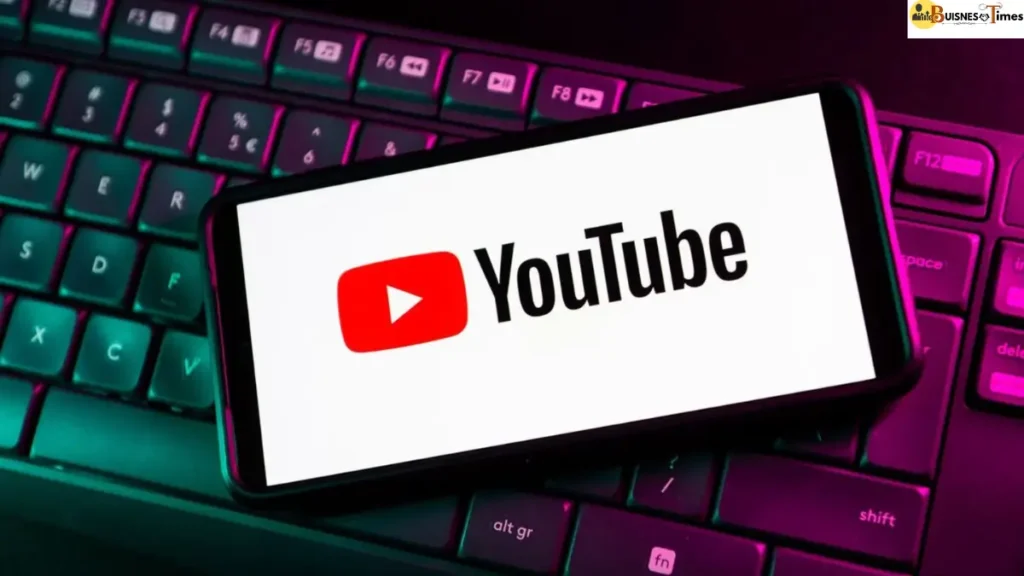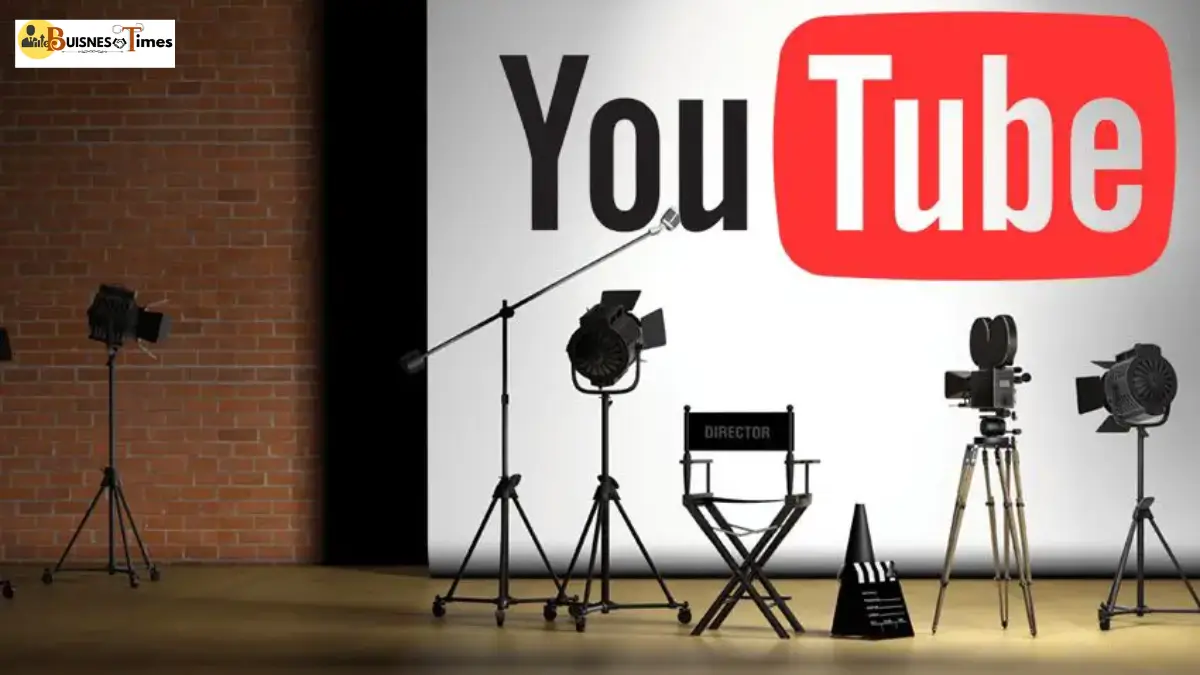In recent weeks, many YouTube creators have noticed something unusual happening to their videos. After uploading, the final version of their content looks noticeably different from what they originally produced—despite making no edits themselves. Creators and viewers alike have reported strange changes such as sharper-than-usual edges, extra dark shadows, and a “plastic-like” finish that gives videos an artificial feel.
This development has raised concerns that YouTube is quietly experimenting with AI-driven video enhancements—without informing creators. The lack of transparency has triggered a wider debate about trust, authenticity, and the future of digital content.

Creators Report Unwanted Changes
Several creators have openly expressed frustration, saying that YouTube’s modifications risk altering the very identity of their work.
For instance, multimedia artist Mr. Bravo, who often runs his videos through a VCR to produce a nostalgic, retro effect, said YouTube’s filters are completely undermining his creative style. Posting on Reddit, he wrote:
“It is ridiculous that YouTube can add features like this that completely change the content. My VHS-style aesthetic is being ruined.”
Music creators have also noticed the issue. Rhett Shull (700,000+ subscribers) and Rick Beato (5 million+ subscribers) both flagged the changes in their content. Shull expressed concern that viewers might assume he is relying on AI or shortcuts:
“I think it’s gonna lead people to think I am using AI to create my videos. Or that it’s been deepfaked. Or that I’m cutting corners somehow.”
Beato added that even his own face appeared slightly altered in the processed videos:
“I was like, ‘man, my hair looks strange.’ The closer I looked it almost seemed like I was wearing makeup.”
Such subtle but noticeable modifications are enough to make creators worry about their reputations—and whether their audiences can still fully trust the authenticity of what they’re watching.
YouTube Confirms It’s “Experimenting”
After mounting criticism, YouTube acknowledged that it is indeed testing new video processing techniques.
A spokesperson for the company told The Atlantic that the platform is running an experiment on select YouTube Shorts, where “image enhancement technology” is being used to sharpen, unblur, denoise, and improve clarity in videos.
The company insisted these updates are not generated by AI, but rather through “traditional machine learning methods.”

Rene Ritchie, YouTube’s head of editorial and creator liaison, backed up this explanation in a post on X (formerly Twitter). He compared the experiment to what modern smartphones already do automatically when recording or processing video footage.
Experts Challenge YouTube’s Explanation
However, many experts argue that YouTube’s response may be downplaying the role of AI.
Samuel Woolley, a disinformation researcher at the University of Pittsburgh, pointed out that machine learning is itself a subset of AI. He described YouTube’s explanation as misleading:
“What we have here is a company manipulating content from leading users that is then being distributed to a public audience—without the consent of the people who produce the videos.”
Others say that whether it’s labeled as AI or machine learning, the real issue is lack of consent and transparency.
Jill Walker Rettberg, a professor at the Centre for Digital Narrative in Norway, said these invisible changes could reshape how audiences engage with media:
“With algorithms and AI, what does this do to our relationship with reality?”
Why Creators Are Worried
For many YouTubers, the heart of the issue isn’t just about how their videos look—it’s about the bond of authenticity they share with their audiences.
If viewers suspect that content has been manipulated—either by AI or automated filters—trust can erode quickly. In creative industries, perception often matters as much as reality.
Creators like Beato and Shull fear being accused of using AI tools to generate content or enhance their appearances, when in fact, they never authorized any such changes. This raises broader questions about ownership, control, and creative integrity on platforms dominated by algorithms.
The Bigger Picture: AI’s Quiet Influence
This controversy is part of a larger conversation about the invisible role of AI in shaping online content. From TikTok’s recommendation engine to Instagram’s image filters, algorithms are increasingly determining not only what people see—but how it looks.
For YouTube, which built its brand on the motto “Broadcast Yourself,” such hidden experiments can feel like a betrayal of its original promise. While AI and machine learning can undeniably enhance video quality, doing so without transparency risks alienating the very creators who fuel the platform.
What’s Next for YouTube?
So far, YouTube has not clarified whether creators will be able to opt out of these experimental modifications. For many creators, that lack of choice is the most troubling part.
Some, like Rick Beato, remain grateful for the platform overall, crediting it with transforming their careers. But others feel that the creeping use of AI undermines YouTube’s credibility and threatens the authenticity of creator-audience relationships.
Unless YouTube addresses these concerns openly—by offering transparency, choice, and communication—the platform risks damaging the trust it has spent years building.
The debate around YouTube’s hidden video tweaks highlights a much broader tension in the digital age: the balance between innovation and authenticity.
AI can improve production quality, but if it’s implemented without transparency or consent, it risks undermining trust, altering creative intent, and changing how audiences perceive reality.
For creators and viewers alike, the question remains: If AI can quietly change what you watch, how much of it is still truly yours?

